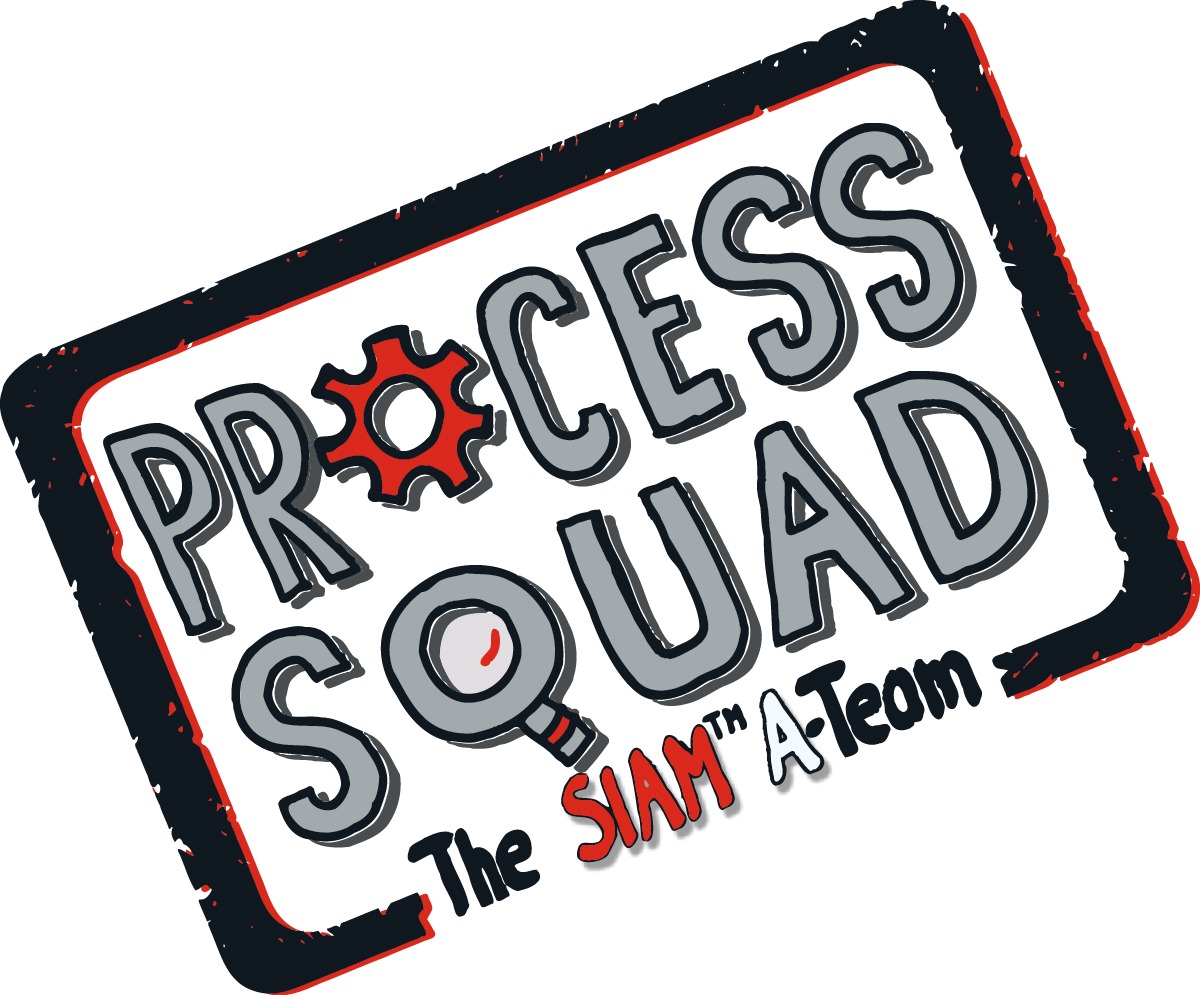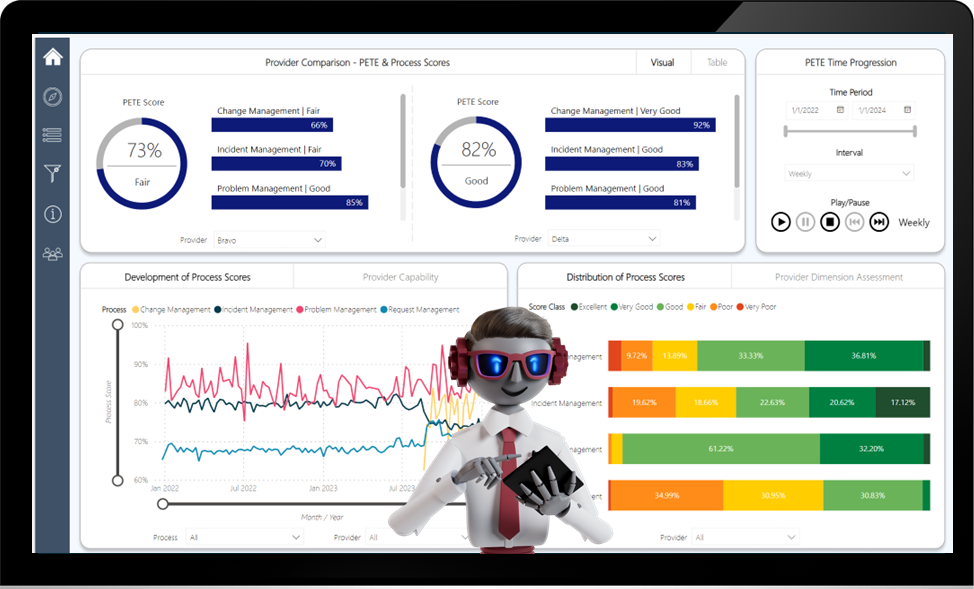
Traditional documentation falls short in effectively guiding readers, attempting to serve a broad audience but often neglecting specific needs. At our core, we advocate a paradigm shift towards concise, targeted documentation – a strategy tailored to address the unique requirements of diverse user groups.
Our journey began with comprehensive process descriptions, outlining the ‘what’ of each operation. We then transition to Operational Procedure Manuals (OPMs), uncovering the ‘how’ of execution.
At the core are work instructions – compact, detailed documents providing step-by-step instructions, summarizing the key tasks to be performed. They streamline tasks, minimize errors, and facilitate quick updates, paving the way for automation.
Key content from both the process document and OPM is distilled into these instructions, offering clear, actionable steps to be executed.
Work instructions assume user familiarity with tools and services, prioritizing tool utilization within the process over training. A standardized template ensures consistency and clarity, offering guidance to complete and meets quality standards within 1 to 2 pages.
We emphasize the use of clear, user-friendly language, essential for ensuring that even new users can successfully execute tasks. This clarity is particularly crucial given the potential pressure users may face during task performance.
Enhance your work instruction template with the following essential components:
📌 Title: Deliver an exact preview of the content covered in the work instructions.
📌 Reference to Process Step/OPM: Direct readers to the originating references, aiding in understanding context and relevance.
📌 Inputs, Outputs and Actors: Define the inputs required for activities, identify the roles or teams responsible (actors), and specify the output produced.
📌 Context and Step-by-Step Instructions: Provide a brief activity description for context and detailed, numbered steps for execution, using action verbs for clarity.
📌 Perspective: Imagine yourself as the person utilizing this work instruction. Directly engage the reader by using the second-person perspective, employing the word ‘you.’ This approach guides the reader personally through the steps.
📌 Sentence Structure: Employ brief and to-the-point sentences. Commence each step with action-oriented verbs, providing readers with clear directives. Each step should be phrased as a command, utilizing instructional tone.
📌 Visual Aids: Utilize diagrams or screenshots to enhance comprehension, particularly for complex tasks. Ensure all visuals directly correlate with a step in the process.
📌 Contact Details and Revision History: Include contact information for inquiries, along with a document revision history and approval section.
📌 Tool Usage and Integration: Offer guidance on using specific tools or software within the task, including hyperlinks for external references and additional instructions for tool access.
📌 Troubleshooting Advice: Address potential issues and resolutions if instructions are not followed, providing clear expectations and problem-solving strategies.
⛔️ Relevant Information Only: Exclude irrelevant details to maintain focus and clarity within the instructions.
Ensure the quality of your work instructions by conducting testing with individuals unfamiliar with the task or possessing limited knowledge of the activity. This testing phase allows for refinement and adjustments as needed to ensure clarity and effectiveness.
Once tested and refined, consider implementing peer reviews to validate the document’s quality before final sign-off. Provide peer reviewers with a comprehensive checklist to ensure adherence to a consistent quality framework and facilitate constructive feedback back to the author.
Ready to enhance your documentation process? Simplify your approach with our complimentary templates. Contact us today to receive your copy (using our contact form or the e-mail address below) and begin crafting clear, concise work instructions that streamline tasks, minimize errors, and bolster automation efforts. Don’t let outdated documentation hinder your progress—embrace efficiency today!
Photo by Alvaro Reyes_ on _Unsplash




